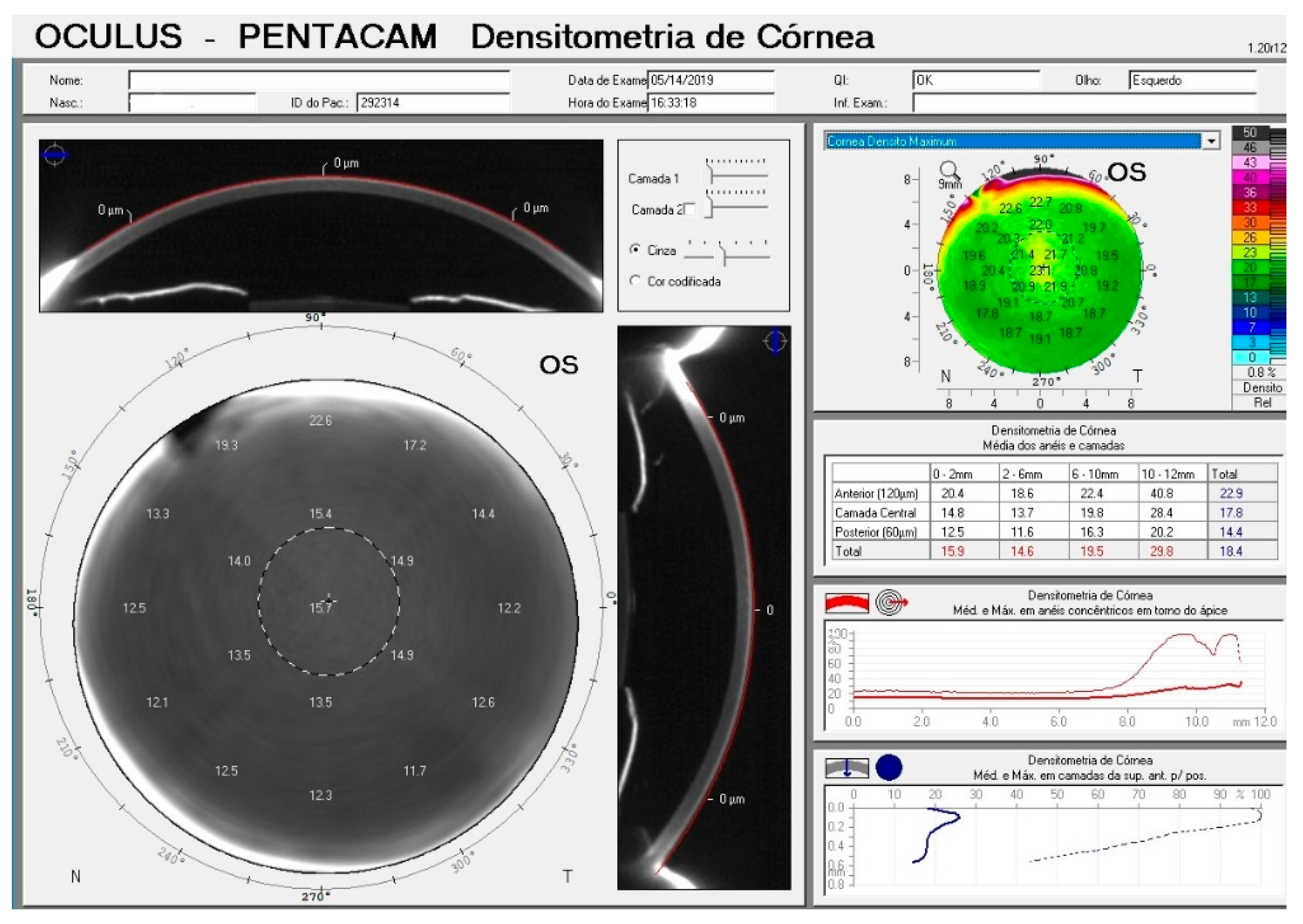
Topcon 3D Office 11.1 Software Application That
AIM: To review the use of spectral domain optical coherence tomography (SD-OCT) for macular retinal ganglion cells (RGC) and ganglion cell complex (GCC) measurement in glaucoma assessment, specifically for early detection and detection of disease progression.11 3D Scanner Market, By Geography. 3D-Office is a software application that permits your to export your files to the System Five-3D control box and Pocket 3D controller for immediate use in the field.3D-Office also allows you to create. Topcon 3D-Office lies within System Utilities, more precisely General. The actual developer of the software is Topcon Positioning Systems, Inc.
Topcon 3D Office 11.1 Download The Product
The review focused on papers evaluating the use of macular RGC/GCC SD-OCT to detect early glaucoma and its progression. To download the product you want for free, you should use the link provided below and proceed to the developer's website, as this is the only legal source to get Topcon 3D-Office.METHODS: A systematic review was performed by searching PubMed, Medline, and Web of Science for articles published in English through July 2014 describing the various macular SD-OCT scanning strategies developed for glaucoma assessment. Main features:Download Topcon 3D-Office Thank you for using our software library. You can then export your files to the System Five-3D control box and Pocket 3-D controller for immediate use in the field. 3D-Office allows you to create, edit, import/export, design and prepare files for any jobsite. Topcon 3D-Office 11.1.0 (latest) Topcon 3D-Office 10.0.
Studies focusing on the ability of RGC/GCC SD-OCT to detect early glaucomatous damage and on the correlation between glaucomatous progression and RGC/GCC measurement by SD-OCT were reviewed.RESULTS: According to the literature, macular RGC/GCC SD-OCT has high diagnostic power of preperimetric glaucoma, reliable discrimination ability to differentiate between healthy eyes and glaucomatous eyes, with good correlation with visual filed damage. These included the Cirrus high definition-OCT (Carl Zeiss Meditec, Inc., Dublin, CA, United States), RTVue (Optovue, Inc., Fremont, CA, United States), Spectralis (Heidelberg Engineering, Heidelberg, Germany) and the 3D OCT 2000 (Topcon Corporation, Tokyo, Japan). The RGC/GCC SD-OCT scanning strategies used to assess glaucoma of most commonly used SD-OCT instruments were described and compared.
Glaucoma is an optic neuropathy characterized by loss of retinal ganglion cells (RGC), thinning of the circumpapillary retinal nerve fiber layer (cpRNFL) and the neuroretinal rim, and increased cupping. In 2013, glaucoma was estimated to affect 64.3 million people 40-80 years-of-age, with this number increasing to 76.0 million by 2020 and 111.8 million by 2040. This might be a useful tool for monitoring disease progression.Glaucoma is the leading cause of irreversible loss of vision, globally. Glaucoma assessment with RGC/GCC SD-OCT was comparable with and sometimes better than circumpapillary retinal nerve fiber layer thickness measurement.CONCLUSION: An increasing body of evidence supports using macular RGC/GCC thickness as an indicator for early glaucoma.
An interference pattern is produced by splitting a beam of light into two. It is based on the principal of Michelson interferometry. OCT is a micron-level, diagnostic method that uses 800-840 nm wavelength infrared light to provide high-resolution, non-invasive neural imaging. Optical coherence tomography (OCT) has become a main modality. The primary challenges in glaucoma assessment are diagnosing early signs of the disease and detecting disease progression.Various tools are used for glaucoma assessment. Early detection of the disease can lead to earlier treatment that might improve prognosis.
OCT has improved the ability to discriminate healthy eyes from those with glaucoma. RNFL thickness measurements with OCT have good reproducibility, an established structural–functional relationship and can detect glaucoma progression. Time-domain (TD) and more recently spectral-domain (SD) OCT have significantly improved the ability to manage patients with retinal diseases and glaucoma.OCT is commonly used for glaucoma to assess ONH and retinal nerve fiber layer (RNFL) thickness.

Additionally, more than half of all the RGC in the retina are in the macula. The macula is the only place where more than one RGC body is found in the ganglion cell layer of the retina and because the body of the cell is much larger than the soma, it might be easier to detect glaucoma related cellular damage. As the RNFL is comprised of RGC axons, assessing the RGC may be a more direct way to measure ocular damage due to glaucoma than measurement of the cpRNFL thickness.
Systematic review of the literature revealed an increasing number of papers dealing with this subject. The macular RGC might provide a more sensitive measure than the cpRNFL because variations in this layer are likelier be result from pathological changes rather than normal variations.Using RGC/GCC OCT to assess glaucoma is a relatively new concept. In general, the shape of the RGC layer in the macular area is more consistent among healthy individuals than the RNFL in the ONH area.

Horizontal and vertical B-scans. Each spoke represents the average number of pixels along that spoke that lie within the measurement annulus (Figure 1D).Figure 1 Cirrus HD-optical coherence tomography.A: Segmentation. The ganglion cell analysis segmentation algorithm divides the elliptical annulus of the Thickness Map into 6 equal sectors expressed in micrometers. The results are compared to normative data (Deviation map) (Figure 1C). The segmentation software calculates the thickness of the macular ganglion cell-inner plexiform layer from an elliptical annulus centered on the fovea (thickness map) (Figure 1B) and calculates the thicknesses of the combined ganglion cell and IPL.
Ganglion cell analysis segmentation algorithm that divides the elliptical annulus of the thickness map into 6 equal sectors expressed in micrometers. Comparison of the GCL + IPL thickness results to a normative database D: Sectors. Calculation of the ganglion cell layer (GCL) + inner plexiform layer (IPL) thickness data from an elliptical annulus, 6 mm × 6 mm grid, centered on the fovea C: Deviation map.
The OCT scans are processed to provide a map of the thickness of the GCC (Figure 2A). It obtains 14928 A-scans within 0.6 s.


 0 kommentar(er)
0 kommentar(er)
